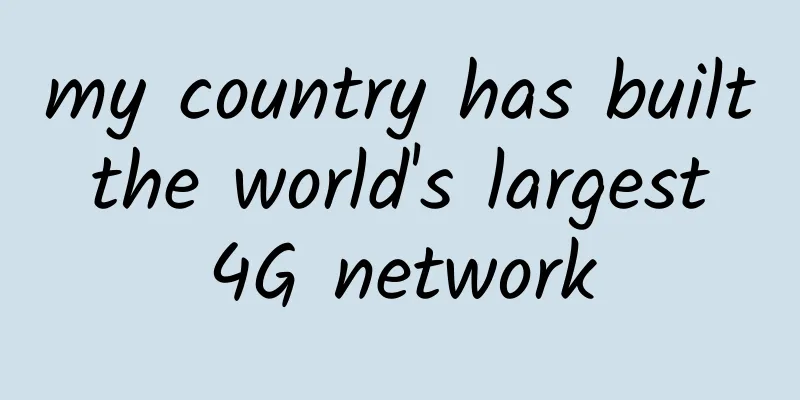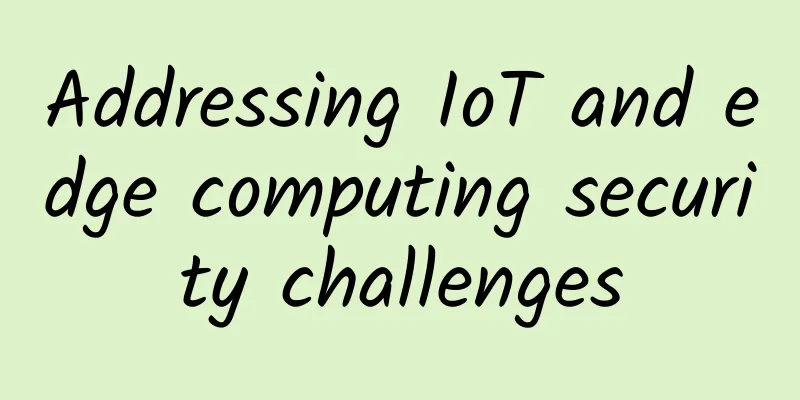What is the current status of 6G and when will it arrive?

|
6G will bring many improvements in many areas, but the benefits will not be obvious for a while. Although 5G connectivity is still far from ubiquitous, planning and research for the next generation, 6G, is already underway in developed parts of the world. Each generation of mobile networks integrates the use cases provided by the previous generation and introduces new features, in a cycle of about 10 years. So 2G (1990) introduced digital voice calls and text messaging (SMS), 3G (2000) added mobile web browsing on smartphones, 4G (2010) brought faster data speeds and enabled mobile video, and 5G (2020) brings faster, lower latency mobile broadband, enabling use cases such as the Industrial Internet of Things (IIoT), digital twins, autonomous vehicles, smart homes, buildings, cities and agriculture, and telemedicine. What is 6G?6G is the next generation of mobile networks after 5G, and more specifically after the cornerstone of 5G Advanced based on 3GPP Release 18. Release 18 is expected to be completed by mid-2024, with device and network support for 5G Advanced likely to be available in 2025. “5G Advanced will include major enhancements in the areas of AI and extended reality (XR), which will enable highly intelligent network solutions to support a wider range of use cases than ever before,” 5G Americas said. What about 6G? Nokia said: “Literally every improvement in connectivity that 5G brings to the end user will be further improved in 6G. Whether it’s smart cities, agriculture or factories, or robotics, 6G will take it all to the next level.” When will 6G arrive?If 6G development proceeds at the historical 10-year pace, we can expect to see the first commercial networks around 2030 - perhaps in parts of the world that deployed 5G networks earlier, such as Asia. At the upcoming Mobile World Congress 2023, an annual opportunity to take the temperature of the mobile world, a key theme is "5G Accelerated." However, 6G has already made its presence known with sessions titled "Ready to Talk About 6G?" and "Spectrum: Enabling the 6G Future." Expect to hear a lot more about 6G as requirements and standards are developed, frequency bands (up to terahertz levels) are defined and allocated, radio access networks (RAN) are built, AI core networks are deployed, and 6G-enabled devices come to market. How fast will 6G be, and what use cases will it support?According to the definition of ITU IMT-2020 requirements, 5G's peak theoretical data rate can reach up to 20Gbps downlink and 10Gbps uplink, the "user experience" rate can reach up to 100Mbps downlink and 50Mbps uplink, the latency is between 1ms (URLLC) and 4ms (eMBB), and the connection density can reach up to 1 million devices per square kilometer (mMTC). While the requirements for 6G (IMT-2030) have yet to be finalized, theoretical downlink data rates could be as high as 1Tbps (or 1,000Gbps) per second, with latency measured in microseconds. If 6G approaches these numbers in practice, it will enable a wider range of higher-performance use cases than 5G. Qualcomm's vision for 6G is to "enable a smarter society through a connected intelligent edge". This will involve leveraging core technology advances in wireless, semiconductors, materials, and AI/ML. By connecting more people and industries, improving network energy efficiency and extending device battery life, it will meet society's sustainable development needs and provide "next-level experiences that 5G cannot meet". Qualcomm predicts that in addition to developing enhanced mobile broadband (eMBB), ultra-reliable low-latency communications (URLLC), and massive machine-type communications (mMTC) services for 5G, next-generation 6G mobile networks will help provide more immersive extended reality (XR) experiences and enable new capabilities in wireless positioning and remote sensing. What are the defining standards for 6G?3GPP is currently focused on finalizing Release 18 of the 5G Advanced standard and deciding on the content of Release 19, which is expected to be released in September 2023. Initial work on 6G specifications will begin with Release 20 in 2025, and Release 21 is expected to be completed and approved in 2028 to enable the launch of commercial 6G networks in 2030. What spectrum will 6G use?6G will support all frequency bands used by 5G – low-band (<1GHz), mid-band (1-7GHz), and millimeter wave (24-100GHz), and add two new bands not currently used by mobile network operators. Mid- and high-band 7-24 GHz are currently used for non-cellular communication purposes, including fixed wireless links, military, satellite, maritime and scientific services. However, advanced AI-enabled dynamic frequency sharing mechanisms should make it possible for 6G networks to utilize mid- and upper-band spectrum, which will provide additional capacity primarily for wide-area broadband. Sub-terahertz frequencies (100-1000GHz) beyond mmWave can provide very high data rates and low latency, but pose challenges in terms of coverage, mobility, and device power consumption. Potential use cases include wireless fronthaul and backhaul, home fixed wireless, wireless data centers, ultra-precise positioning, and RF sensing. What about satellites?Support for non-terrestrial networks (NTNs) – primarily involving LEO (low Earth orbit) and GEO (geostationary orbit) satellites, but also including unmanned aerial vehicles (UAVs) and high altitude stations (HAPS) – has been part of 3GPP’s remit since Release 17. Its main goal is to fill in the gaps where terrestrial signals cannot reach. “The inclusion of satellite in 3GPP specifications will support the promise of global access to 5G services and drive explosive growth in the satellite industry,” 3GPP said. Recent announcements from Apple, Qualcomm and the Bullitt Group have fueled interest in satellite communications for smartphones, and 3GPP will continue to develop its NTN standards through Release 18 and beyond. SummarizeIt’s easy to get carried away by the promise of futuristic technology, but we should also be forward-looking: many people in developed countries still don’t have access to 5G coverage, as of yet. Meanwhile, much of the world lacks any form of mobile coverage, which explains the growing interest in affordable satellite communications. 6G will bring multifaceted improvements in many areas, but its benefits will not be apparent until 2030 at the earliest, and for most people it may be long after that. |
<<: How eSIM is revolutionizing wireless technology
>>: South Korea plans to launch 6G network services in 2028, two years ahead of schedule
Recommend
[11.11] CMIVPS annual promotion VPS host 50% off, Hong Kong large bandwidth/direct line monthly payment starts from US$3.5
CMIVPS released a Double 11 promotion plan, which...
50% of global data center Ethernet switches will be 25GbE or 100GbE by 2021
According to the latest survey report titled &quo...
US media: The US military is accelerating the launch of 5G military testing
[[376018]] On January 7, the website of the U.S. ...
Simple analysis of the three important requirements for remote network connections
The continuous emergence and upgrading of online ...
What does a Web Application Firewall do? How is it different from traditional network devices?
What is a WAF? The full name of WAF is (Web Appli...
Digital-vm is 40% off in June, KVM VPS monthly payment starts from $2.4, 1-10Gbps bandwidth, 8 data centers in the United States/Japan/Singapore
Digital-vm has released a 40% discount code that ...
2017 Network and Security Technology Keywords
[[181163]] With the rapid development of network ...
Google's OnHub routers will stop supporting software in December next year
Google announced today that it will stop software...
Four major issues and three major directions: these are what you should know about 5G pre-commercial use!
At the MWC that just ended last week, 5G can be s...
Do you know how much power 5G actually consumes?
5G is one of the hottest topics at the moment, an...
SD-WAN Buyer's Guide: Key Questions Enterprises Need to Ask Vendors and Themselves
An enterprise's adoption of SD-WAN will start...
Xiao Yaqing, Minister of Industry and Information Technology: Promote the deep integration of 5G, Internet, big data, artificial intelligence and manufacturing
[[432534]] On November 1, the World Advanced Manu...
On "GPL is a trap for software developers"
[[381740]] This article is reprinted from the WeC...
Cisco releases new developer capabilities for intent-based networking platform
Cisco today announced new developer capabilities ...
How to Choose the Right Switch for Your Network?
When it comes to networking, switches are crucial...









